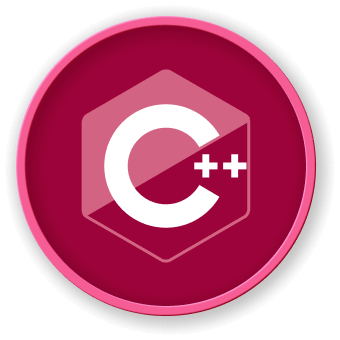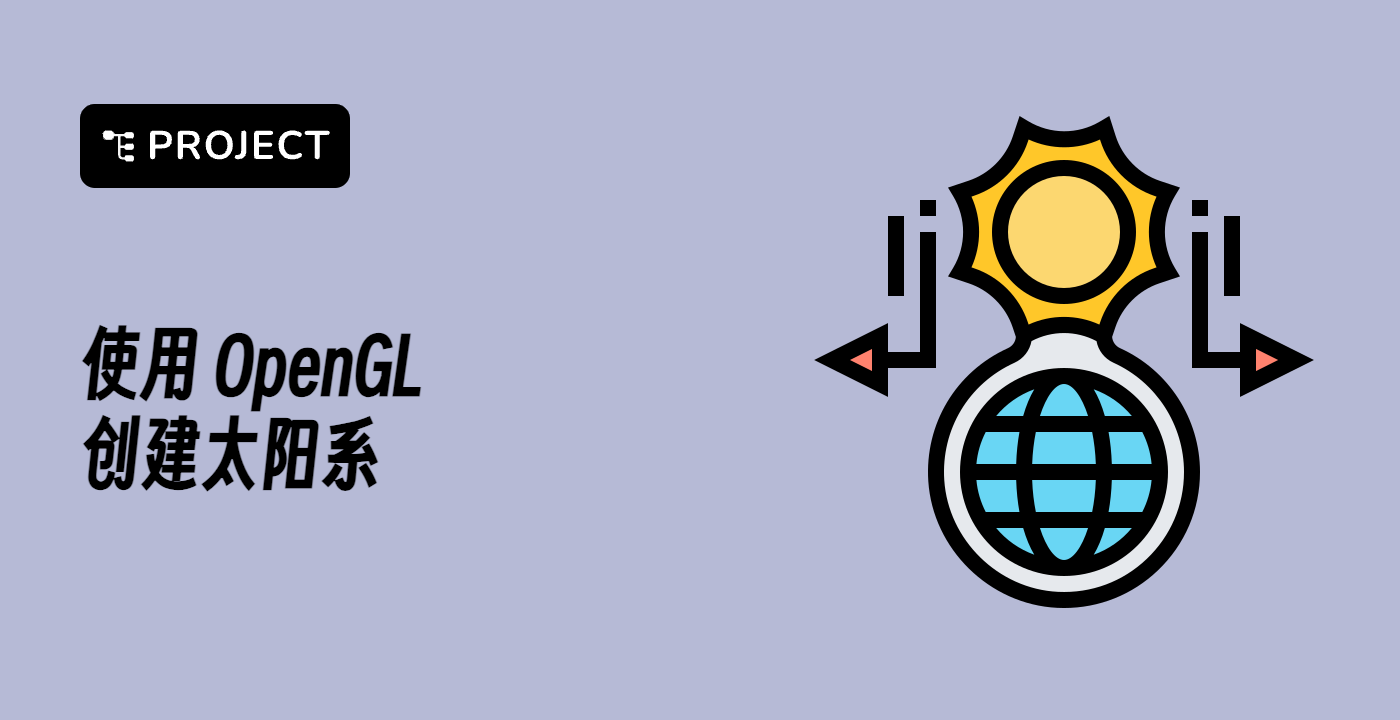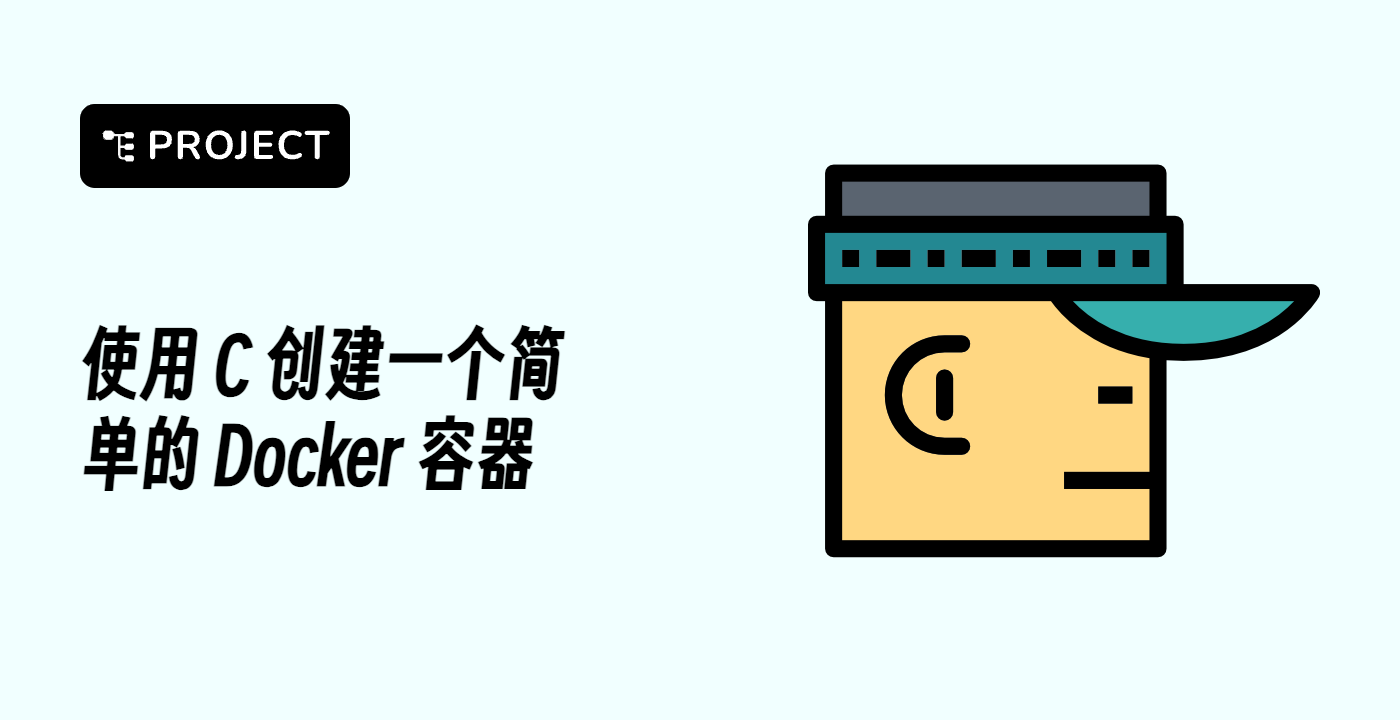简介
本全面教程探讨了C++ 中的多线程支持,为开发者提供编译和实现并发编程策略的基本技术。通过理解编译器线程选项和实际的线程编程方法,程序员可以提高应用程序性能并利用现代处理器的能力。
Skills Graph
%%%%{init: {'theme':'neutral'}}%%%%
flowchart RL
cpp(("C++")) -.-> cpp/FunctionsGroup(["Functions"])
cpp(("C++")) -.-> cpp/OOPGroup(["OOP"])
cpp(("C++")) -.-> cpp/AdvancedConceptsGroup(["Advanced Concepts"])
cpp/FunctionsGroup -.-> cpp/function_parameters("Function Parameters")
cpp/FunctionsGroup -.-> cpp/recursion("Recursion")
cpp/OOPGroup -.-> cpp/classes_objects("Classes/Objects")
cpp/OOPGroup -.-> cpp/constructors("Constructors")
cpp/AdvancedConceptsGroup -.-> cpp/pointers("Pointers")
cpp/AdvancedConceptsGroup -.-> cpp/exceptions("Exceptions")
subgraph Lab Skills
cpp/function_parameters -.-> lab-466069{{"如何在支持多线程的情况下进行编译"}}
cpp/recursion -.-> lab-466069{{"如何在支持多线程的情况下进行编译"}}
cpp/classes_objects -.-> lab-466069{{"如何在支持多线程的情况下进行编译"}}
cpp/constructors -.-> lab-466069{{"如何在支持多线程的情况下进行编译"}}
cpp/pointers -.-> lab-466069{{"如何在支持多线程的情况下进行编译"}}
cpp/exceptions -.-> lab-466069{{"如何在支持多线程的情况下进行编译"}}
end



